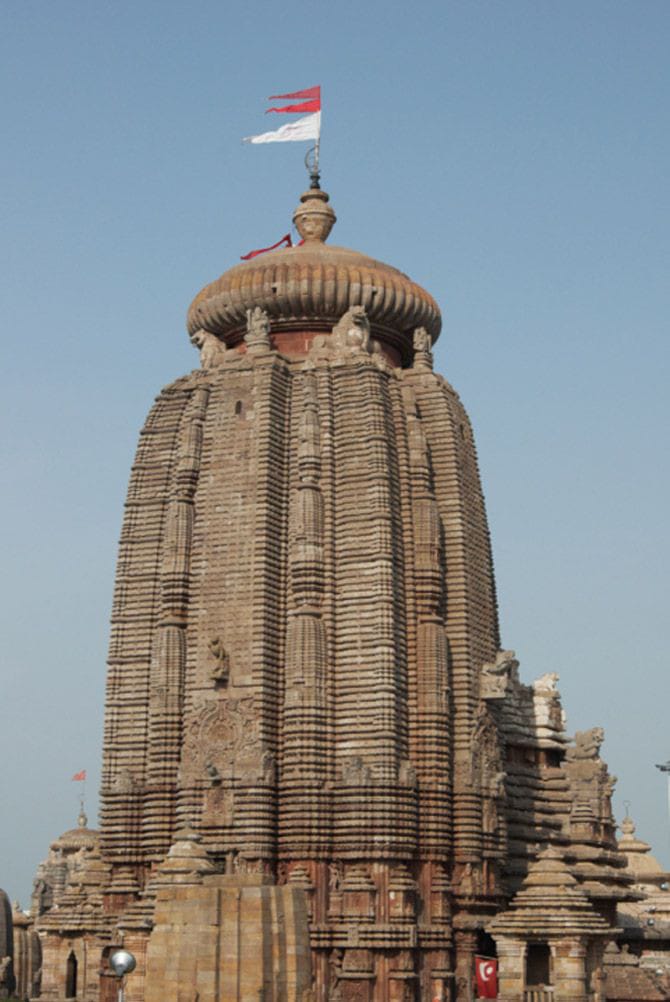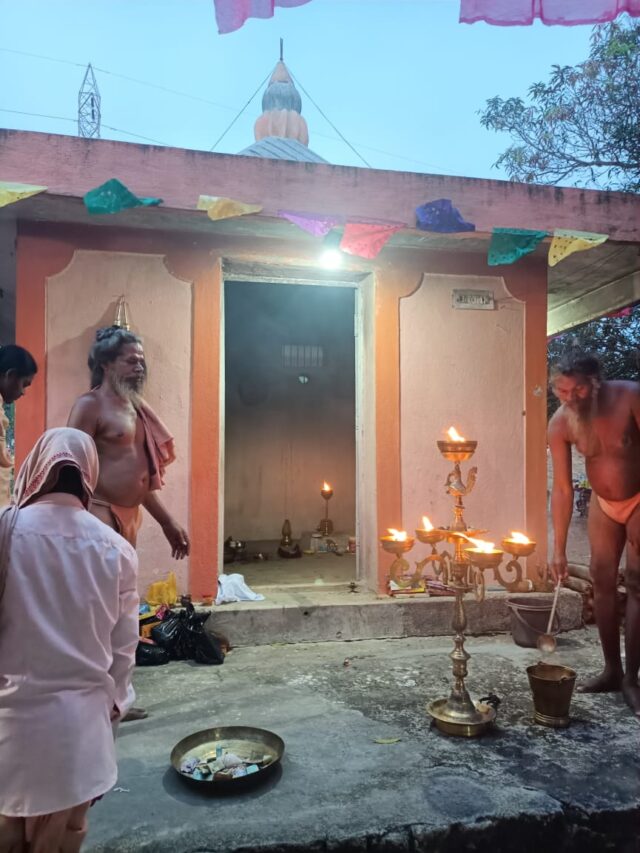
Introduction:
Nestled amidst the bustling cityscape of Bhubaneswar, the capital city of Odisha, lies an architectural marvel that stands as a testament to the rich cultural heritage of India. Welcome to Lingaraj Temple, a sacred sanctuary that exudes spirituality and architectural grandeur in equal measure. Join me on an immersive journey as we unravel the mystique and splendor of this ancient shrine.
History and Significance:
Lingaraj Temple, dedicated to Lord Shiva, dates back to the 11th century and is renowned as one of the most revered pilgrimage sites in India. Its construction was initiated by King Jajati Keshari of the Somavanshi dynasty and later embellished by successive rulers. The temple’s name, Lingaraj, translates to “the king of Lingas,” symbolizing the omnipotence of Lord Shiva.
Architecture:
Stepping into the precincts of Lingaraj Temple is akin to traversing through a time portal into the medieval era. The temple’s architecture is a stunning blend of Kalinga and Dravidian styles, characterized by towering spires, intricately carved sculptures, and majestic gateways. The main sanctum, adorned with ornate motifs and sculptural reliefs, houses a magnificent Lingam, the phallic symbol of Lord Shiva, which is venerated by devotees from far and wide.
Spiritual Experience:
As you meander through the labyrinthine corridors of Lingaraj Temple, you can feel an aura of serenity enveloping you. The rhythmic chants of priests, the fragrance of incense, and the sound of temple bells create an atmosphere that is both ethereal and transcendent. Witnessing devotees offering prayers, performing rituals, and seeking blessings imparts a profound sense of spiritual awakening.
Exploring the Complex:
Beyond its central shrine, Lingaraj Temple complex is a treasure trove of architectural marvels and religious artifacts. The Bhoga Mandapa, or the offering hall, showcases exquisite sculptures depicting various mythological tales and celestial beings. The Natamandira, or the dance hall, features intricately carved pillars and a platform for cultural performances and religious ceremonies.
Cultural Heritage:
Lingaraj Temple not only serves as a place of worship but also serves as a custodian of Odisha’s cultural heritage. The temple precincts resonate with the echoes of age-old traditions, festivals, and rituals that have been preserved and passed down through generations. The annual Shivratri festival, celebrated with great fervor and enthusiasm, attracts pilgrims and tourists alike, offering a glimpse into the vibrant tapestry of Odia culture.
Conclusion:
In the heart of Bhubaneswar lies a timeless marvel that transcends the boundaries of time and space—Lingaraj Temple. As you bid adieu to this sacred sanctuary, you carry with you not just memories of its architectural splendor but also a deeper understanding of spirituality and devotion. Lingaraj Temple is not merely a destination; it is a pilgrimage of the soul—an odyssey that leaves an indelible imprint on your being.





Leave a Reply